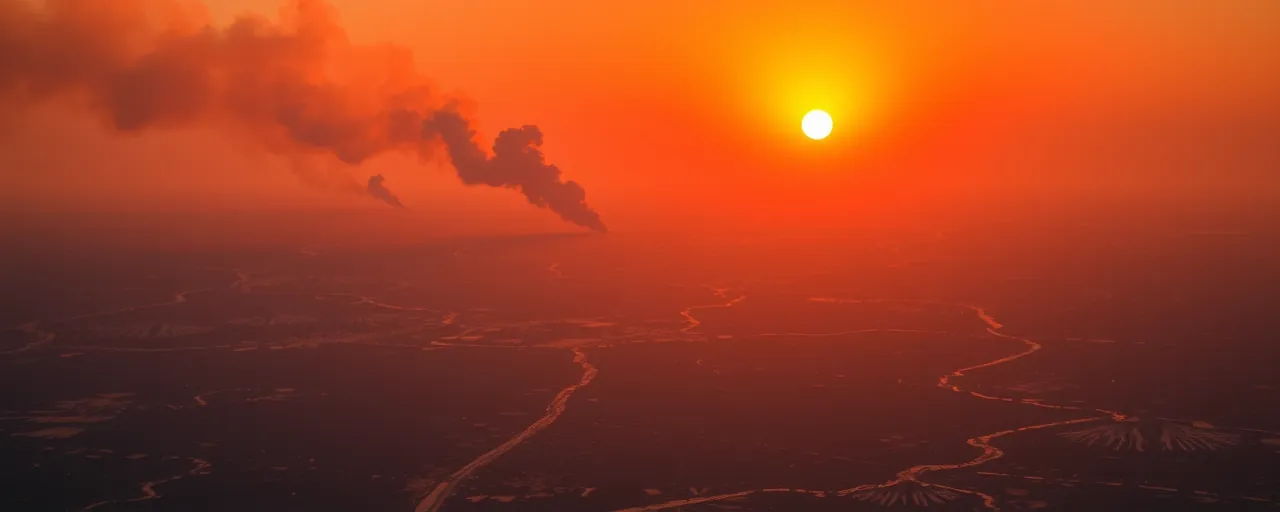A Season of Vigilance
Summer looms, and with it, the specter of wildfires across the United States. Forecasts predict millions of acres at risk, threatening lives, homes, and cherished landscapes. Federal officials, local leaders, and everyday citizens are rallying to meet the challenge, driven by a shared commitment to safety and resilience.
On May 20, 2025, U.S. Secretary of Agriculture Brooke L. Rollins and Secretary of the Interior Doug Burgum signed a joint agreement to strengthen wildfire preparedness. Announced at the USDA Forest Service National Fire Desk, this pact underscores the need for unity across federal agencies. It arrives at a critical moment, with the nation bracing for an above-average fire season.
The urgency is palpable. By mid-April 2025, over 17,400 wildfires had scorched 820,000 acres, signaling a fierce year ahead. The USDA and Department of the Interior (DOI) are forging partnerships with state, local, and tribal groups to fortify the nation’s firefighting system. The question now is whether these efforts can keep pace with the escalating threat.
Federal Unity in Action
The joint agreement sets a clear path forward. It commits the USDA and DOI to share resources, align strategies, and respond swiftly to wildfires. Secretary Rollins reinforced this with a separate directive, detailing how the USDA will mobilize its workforce. Staff across the department can now take on temporary fire assignments, ensuring the Forest Service is ready to act.
Resources are flowing to match the ambition. The 2025 federal budget directs $1.6 billion to DOI’s Wildland Fire Management programs, including $287.6 million for fuels management to treat 1.8 million acres. These funds support clearing dense vegetation and creating firebreaks to curb fire spread. Legislative proposals, like the Fix Our Forests Act, aim to enhance risk modeling and promote fire-resistant building standards.
Coordination, however, remains a hurdle. Federal reviews point to persistent overlaps among agencies like FEMA, EPA, and HUD. A Senate bill introduced in January 2025 seeks to unify disaster response, while some experts advocate making FEMA a cabinet-level agency to centralize authority. The USDA-DOI collaboration is a promising start, but broader reforms are still needed.
Communities Build Defenses
Beyond federal efforts, local communities are taking charge. Community Wildfire Protection Plans (CWPPs) combine home hardening, fuel reduction, and education to create fire-adapted neighborhoods. In Oregon, $25 million in state funding supports 50 CWPP projects, protecting 2,500 homes with fuel treatments and community training.
These initiatives deliver results. In Colorado and New Mexico, risk assessments and tree removal programs saved numerous homes during recent fires. Over 2,200 communities nationwide participate in Firewise USA, creating defensible spaces and upgrading to fire-resistant materials. The Fire Adapted Communities Learning Network connects 300 groups, sharing knowledge on controlled burns and evacuation plans.
Access to resources varies, however. Rural communities often struggle to secure funding or expertise, leaving them exposed. Advocates emphasize the need for targeted federal and state support to ensure all communities, regardless of size or wealth, can build robust defenses.
Climate’s Growing Influence
Wildfires are inseparable from climate trends. Hotter temperatures and extended droughts create conditions for fiercer, more frequent fires. NASA data reveals that fire-weather risk in the American West has doubled in two decades, fueled by earlier snowmelt and parched landscapes. Billion-dollar disasters now occur every 18 days, with wildfires a major driver.
This reality fuels diverse approaches. Some prioritize clearing overgrown forests through thinning and logging to reduce fuel loads. Others focus on ecological restoration, prescribed burns, and climate mitigation to tackle underlying causes. Both perspectives underscore the urgency of action, though they diverge on methods, with federal policy aiming to bridge immediate needs and long-term goals.
A Collective Path Forward
As National Wildfire Awareness Month highlights, preparation is a shared duty. Homeowners clearing brush, agencies aligning resources, and communities planning evacuations all play a part. The USDA-DOI partnership, combined with local ingenuity and federal funding, lays a foundation for a stronger response this season.
Obstacles persist. Agency overlaps, uneven resource distribution, and climate-driven fire intensity require sustained focus. Policymakers, firefighters, and residents must work together to address these complexities while prioritizing safety.
The challenge is daunting, but the nation’s determination is unwavering. By fostering collaboration across all levels and empowering communities, the United States is forging a resilient defense against wildfires. The true measure of success will emerge when the fires test these preparations.
